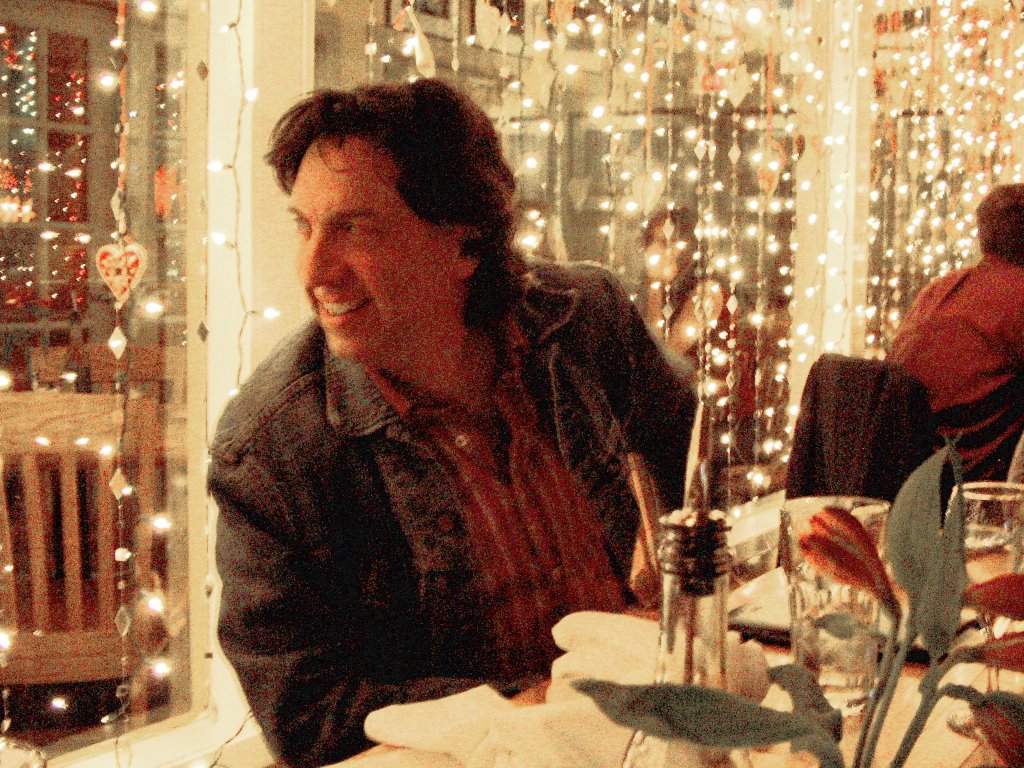The Agents at Home, or, Blood Will Tell
Agent 81 is reading a philosophy book by Thomas Nagel, underlining it, and simultaneously typing his comments into his computer purely for his own pleasure.
Agents 95 and 97 are reading FAR SIDE comic strip anthologies.
I’m reading some silly science fiction novel or other.
Occasionally someone looks up to read a comic strip aloud to the group. Occasionally someone dabs at a morsel of breakfast.
For recreation, Agent 81 poses Agent 95 a logic problem from still another philosophy book that he has at his elbow, a compilation of logical brainteasers. It’s a problem that tests the reader’s understanding of if-then propositions. Agent 95, who will turn ten years old next month, solves it without a pause and returns to his comics.
“That problem was answered correctly by five college students out of a group of a hundred and twenty–eight,” Agent 81 reads aloud from the brainteaser book.
“Give the problem to 97,” 95 says.
“No, he already heard your answer.”
“He didn’t hear it, he’s been reading THE FAR SIDE the whole time. Anyway, he’s only eight.”
At which Agent 97 lifts his head from the comics and repeats the logic problem and the answer almost verbatim, although he has not seen the graphic that would enable him to solve the problem on his own.
I’m not going to try the problem -- are you kidding? It’s time to assert some parental authority. Clearing my throat importantly, I take the stage:
“Sure an' will you look at us, fer the love o’ Pete, each one with his feahce stook in a blooming buke. Could ye not venture forth into God’s own sunlight, now, an’ challenge yourselves to a turn around the block?”
No response. I return to my science fiction.
UPDATE:
Honoring the will of my public, and sparing no expense on cheeseburgers, McNuggets, cinnamon buns, and cappucino, I have retained a panel of consultants to enable me to place this complicated graphic online. As you'll see, the logic puzzle is not really difficult -- the real puzzle is why so few college students were able to solve it. But I'm proud my youngsters did, anyway.
Door A:
____O_____ ////////////
Door B:
__________ /////////////
Door C:
//////////// _____O_____
Door D:
//////////// ___________
Doors A, B, C, and D are four pairs of double doors. In each pair, one door is closed (shown by slash marks) and one door is open (shown by underlining). Behind each open door there either is or is not a prize, shown by a circle. Behind each closed door, too, there either is or is not a prize.
Which doors do you NEED to open in order to answer the following question: "Is it true in all cases that if there is a prize on the left there is also a prize on the right?"
Note that you could answer the question by opening all four doors, but that is not what is being asked for. The question asks which doors it is NECESSARY to open.
(Adapted from Robert M. Martin, THERE ARE TWO ERRORS IN THE THE TITLE OF THIS BOOK, Broadview Press: Peterborough, Ontario, 1992, p. 91.)


